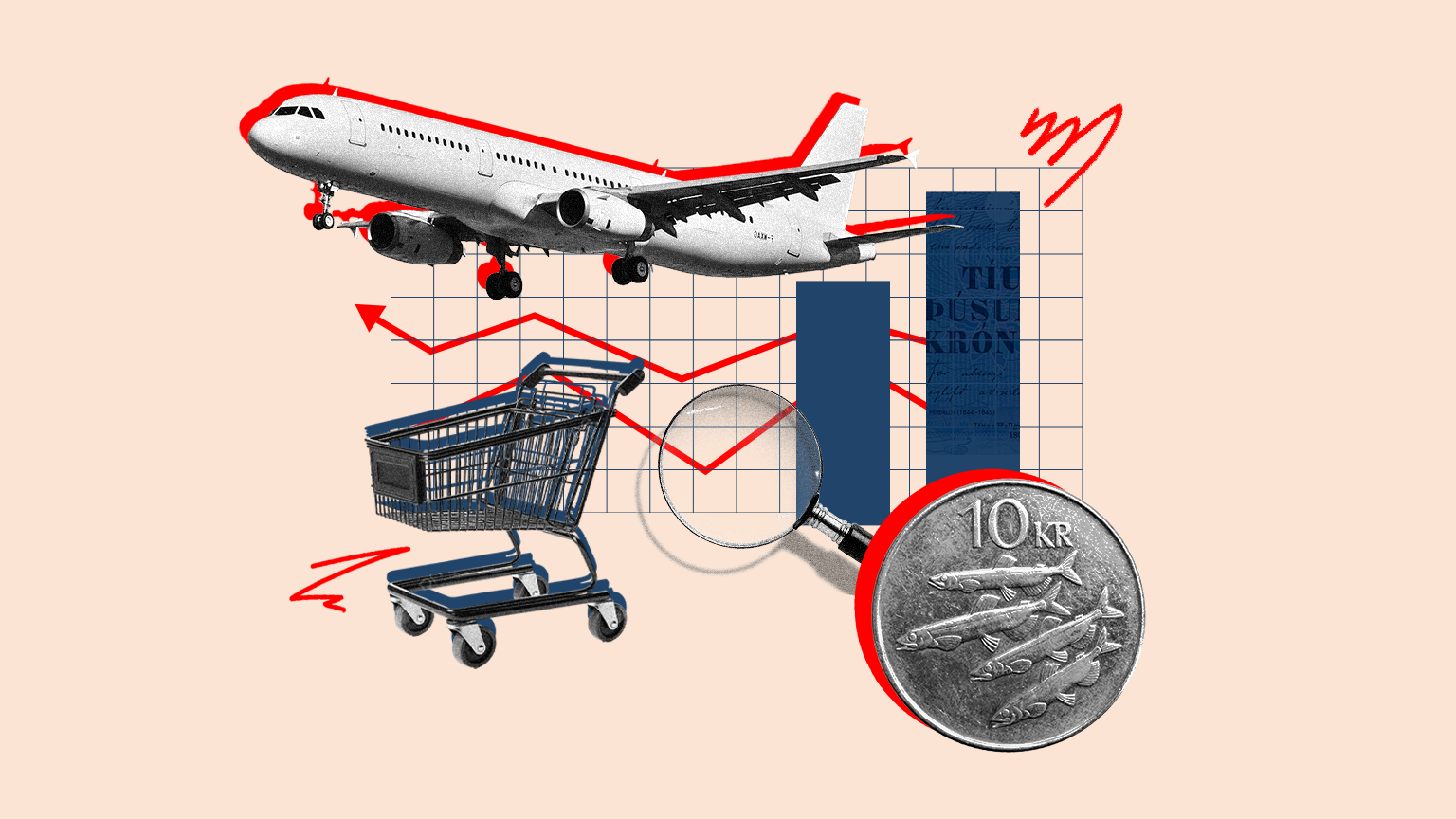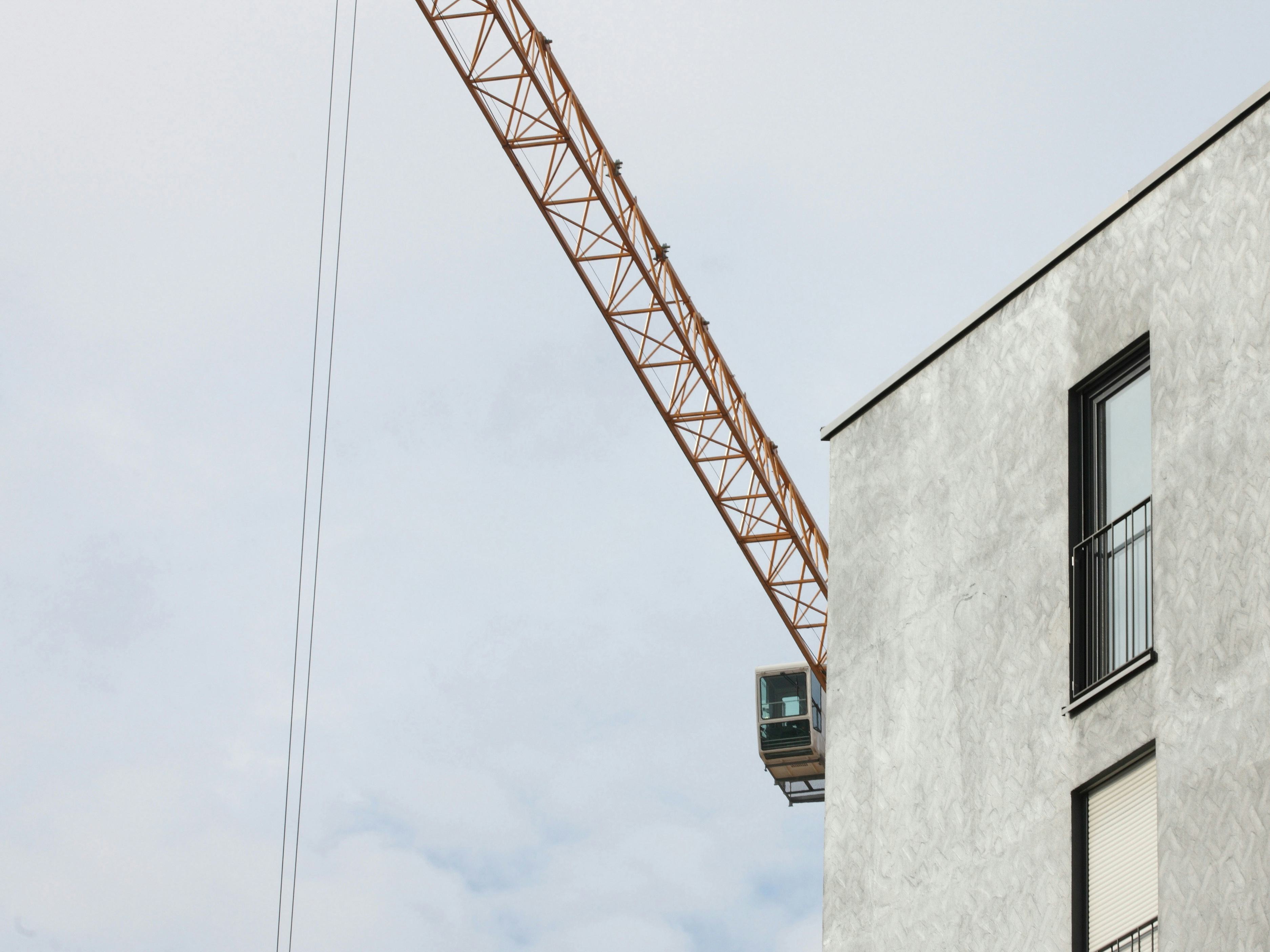Economic forecast 2024-2027: The Economy Catches its Breath

This is a considerable change from previous years, when annual economic growth has measured 5-9%, though accompanied by high and persistent inflation. We now expect a different and calmer period. Demand slows down, allowing the economy to catch its breath -̶ inflation recedes considerably, the Central Bank gradually cuts interest rates, and the economy gets off to a nice and easy start with 2% annual growth in the coming years.
Inflation has receded considerably with the most recent figures putting it at 5.4% in September, down from a peak of 10.2% at the beginning of 2023. The most recent drop in inflation is partly the result of one-offs, transfers from the Government in the form of free school meals and cancellation of certain university tuition fees, and hence not necessarily a reflection of a decreased demand. The same applies to the recent cooling in the economy as a result of the capelin catch failure, which affected the first quarter, and volcanic activity that temporarily reduced Iceland’s popularity as a travel destination. We assume that the travel sector is now moving on from this setback and expect considerable growth next year, though at slower rates than in the first few post-pandemic years.
Rate-cutting cycle begun
Earlier this month, the Monetary Policy Committee of the Central Bank of Iceland decided to initiate rate cuts, and we expect to see further, gradual cuts alongside receding inflation. There is a certain risk that inflation may pick up again with lower rates and rising demand, not least since the decrease can be partly traced to the cancellation of public levies. We nevertheless forecast a steady decrease in inflation moving forward to the forecast horizon, despite potential setbacks.
The outlook is for a soft landing of the economy despite a slight contraction expected this year. Inflation recedes rapidly, according to the forecast, and interest rate cuts continue. However, an easing of the economy may come at a price. The real interest rate remains high and may yet rise. This means that restraint may tighten, putting pressure on domestic households and companies. As ever, the forecast is subject to various uncertainties, most notably represented by international war efforts that may impact the economies of our main trading partners and thereby Iceland. Volcanic activity on the Reykjanes peninsula is on-going and may still pose a threat to local infrastructure.
Highlights from the forecast:
- The forecast is for a 0.1% contraction in the economy this year, followed by stable growth ranging from 2.1-2.3% in the next three years.
- Inflation recedes considerably during the forecast period. It measures 5.8% this year, if the forecast holds, dwindling to 4.0% next year, 3.7% in 2026 and finally 3.3% in 2027. We expect gradual rate cuts the entire forecast period.
- High real interest rates, especially early in the forecast period, will limit the growth of private consumption to 0.6% this year and 1.5-2% in the forecast’s later years.
- Tourist arrival numbers in Iceland are expected to be similar this year as last year. Next year, we expect 2.3 million visitors, similar to the record year 2018, and slow growth in following years. Export growth in the next few years will be driven by diverse sectors, with aquaculture and pharmaceuticals among the high risers.
- We anticipate slow appreciation of the Icelandic króna (ISK) and for the euro to cost ISK 148 at year-end 2025, ISK 147 at the end of 2026 and ISK 146 at year-end 2027.
- We forecast a trade deficit throughout the forecast period, ranging between ISK 15-50 billion per year.
- In spring, collective bargaining agreements were concluded for a large share of the labour market, providing for more moderate wage increases than the previous agreements. We forecast a 6.6% rise in wages this year, 6.1% next year, 5.5% in 2026 and 5.7% in 2027. Purchasing power will as a result increase throughout the forecast period.
- Unemployment is expected to increase slightly this year as demand slows down and tension eases in the labour market. However, we believe that the mobility of the labour force will curb fluctuations. We expect registered unemployment to average 3.6% this year, 3.5% in 2025, 3.4% in 2026 and 3.3% in 2027.
- We forecast a steady increase in capital formation throughout the forecast period, 1.9% this year and just under 3% in the coming years. Several investment plans are currently in the pipelines, and we expect to see them implemented gradually, especially when financing terms become more favourable with lower interest rates.
- There has been considerable activity in the residential housing market lately and we expect housing prices to rise by 9% this year and again next year. Prices will increase rather less in 2026 and 2027, influenced by such factors as growing investment in residential housing.
Disclaimer
The content and form of this analysis was produced by employees of Landsbankinn Economic Research (greiningardeild@landsbankinn.is) and is based on information available to the public when the analysis was compiled. Assessment of this information reflects the views of Economic Research’s employees on the analysis date, which may change without notice.Neither Landsbankinn hf. nor its personnel can be held responsible for transactions based on the information and opinions expressed here as the content is not provided as personal advice on individual transactions.
Attention should be drawn to the fact that Landsbankinn hf. may, at any time, have direct or indirect interests at stake either on its own behalf or through its subsidiaries or customers, for instance as an investor, creditor or service provider. Nonetheless, all analyses are prepared independently by Landsbankinn Economic Research and in accordance with the bank’s rules on separation of activities accessible on the Landsbankinn website.









